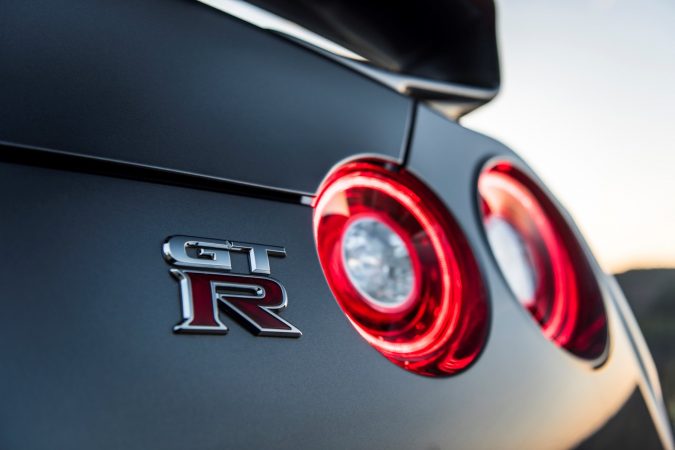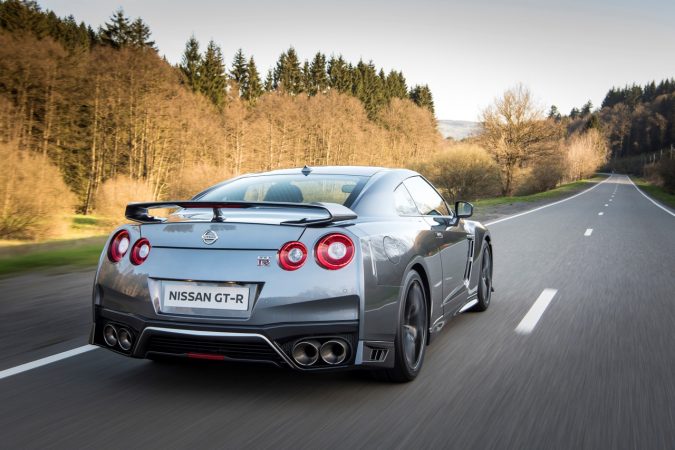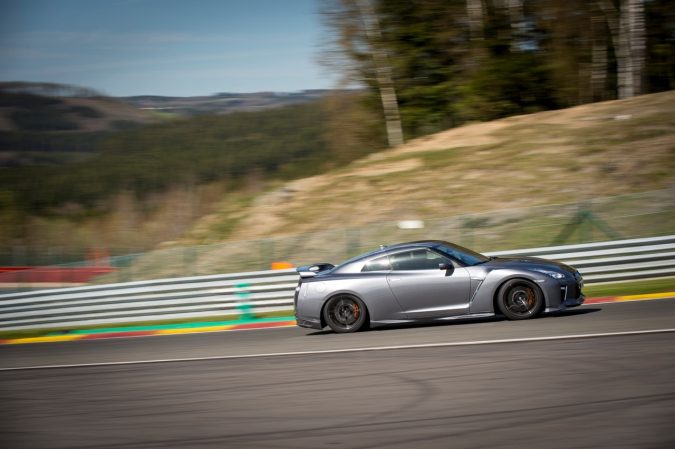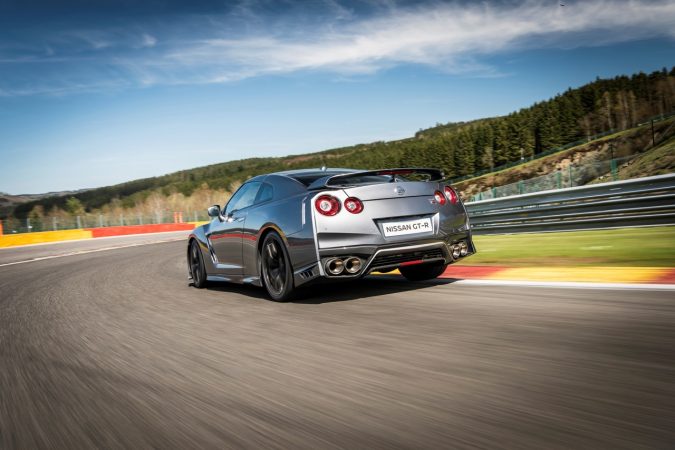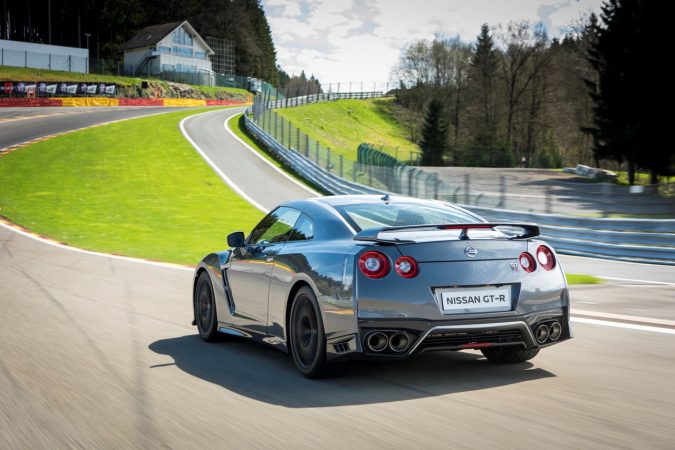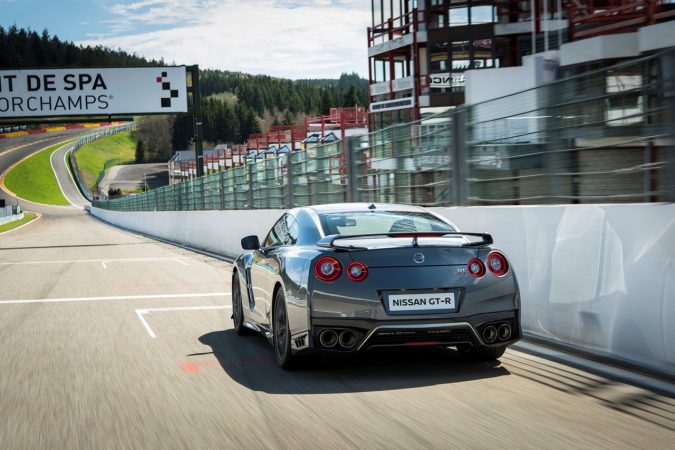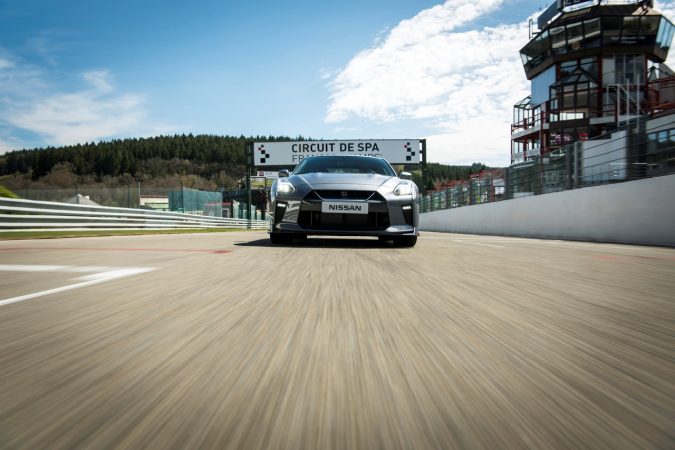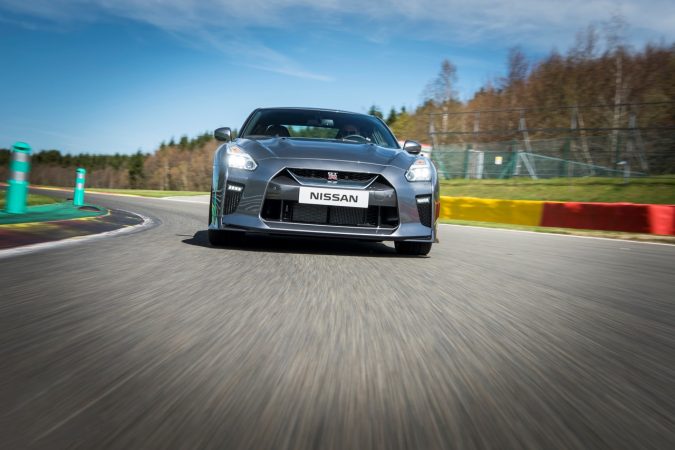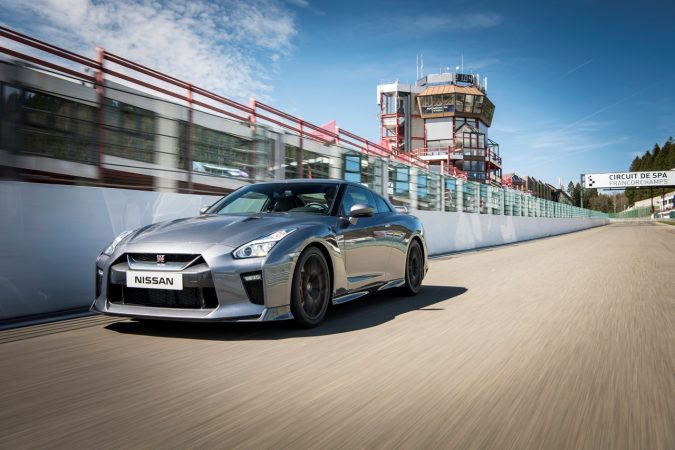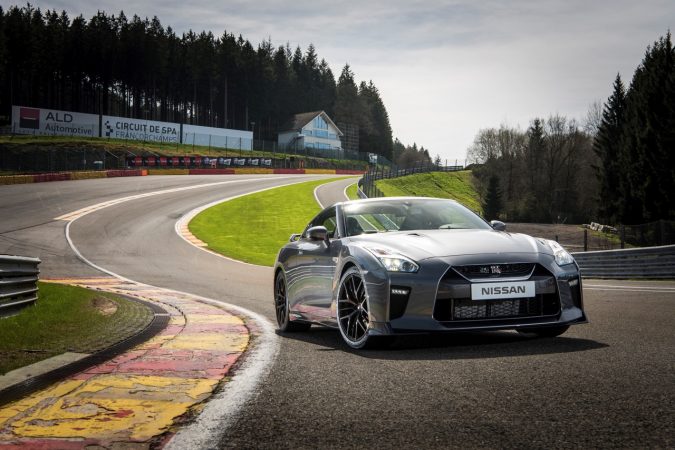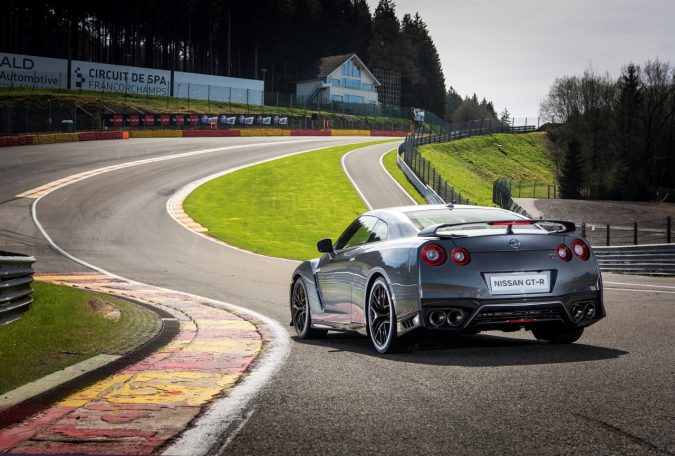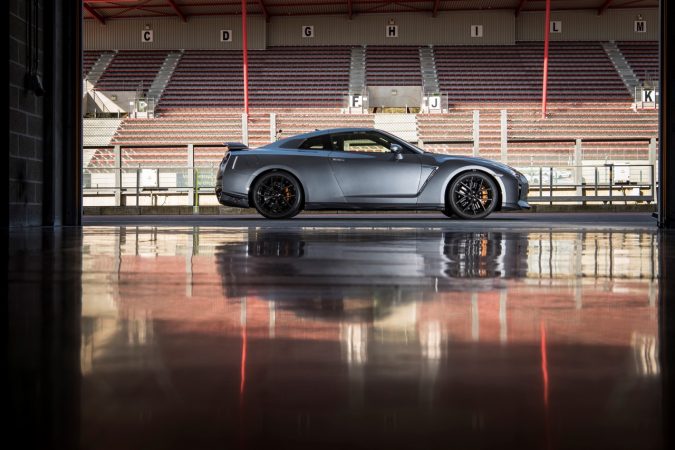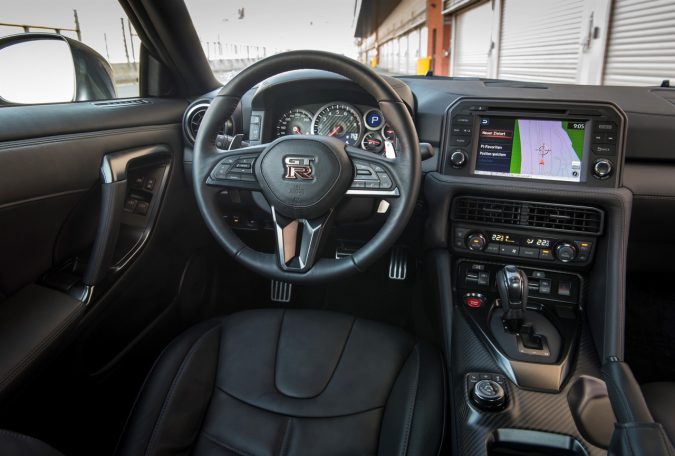The Nissan GT-R has been around for a long, long time now. The original concept for the car was first unveiled in 2005, and at its launch in 2007 it was a world-beater it could out run super cars with ease and did it whilst being half the price. But as time has past the GT-R has faded into the background, yes we’ve received numerous special editions such as the Black edition and the V-spec but these have been mere carbon copies of the original with slightly more power or a slightly larger wing on the back, but now for 2017 Godzilla has returned to retake its crown as a world-beater.
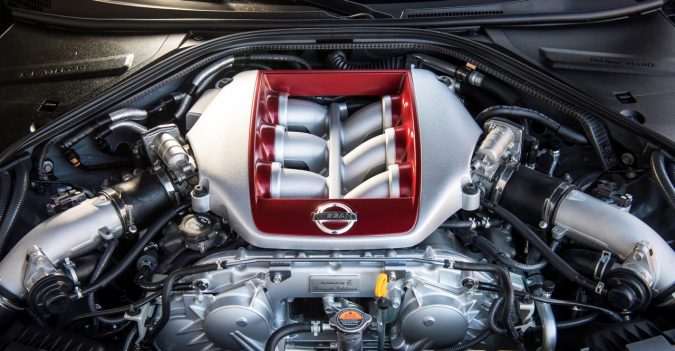
A Technological Marvel Built in a Lab
The original GT-R was known for the incredible lengths the engineers at Nissan went to create such a monster; the tyres were filled with nitrogen because normal air was seen as being too ‘unstable’. The engine is put together in a hermetically-sealed section of the factory to prevent contamination of the parts with dust and fibres. It’s more like a laboratory than a factory. And little has changed for the 2017 model. The new car features an upgraded engine that pumps out 20 bhp more than the old GT-R giving the twin turbo 3.8 litre V6 565 bhp and 467 lb-ft of torque. The sequential 6-speed duel clutch gearbox has been updated as well to provide “better refinement and performance in a variety of driving situations.” Nissan also took care to reduce the exhaust note during every day driving to give the driver a more pleasant experience.
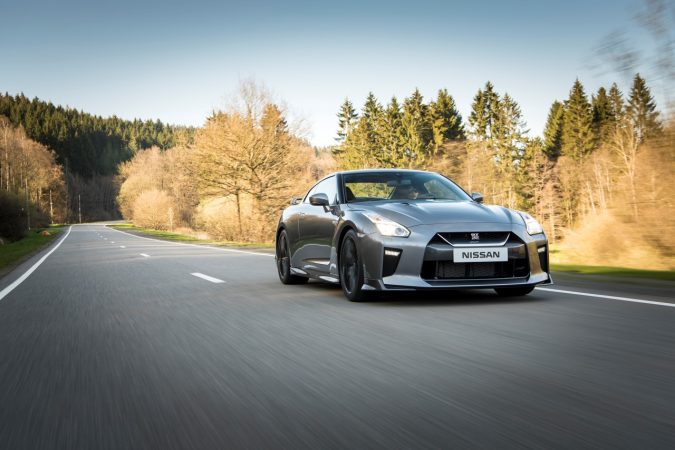
A Much Needed Refresh for the old Girl
The GT-R’s styling has always been a bit of a love it or hate it kind of affair, and that very much continues with the 2017 update. All of the GT-R’s styling upgrades have been done to improve the aerodynamics of the car. Most noticeable is the new grill, designed to direct more air into the engine to improve cooling without an increase in drag. The newly redesigned bonnet is also designed to improve aerodynamics at high speed whilst also increasing the rigidity. At the back we see more upgrades including a rather subtle new rear diffuser along with vents next to the quad exhaust pipes, designed to take as much air as possible away from the underside of the car.
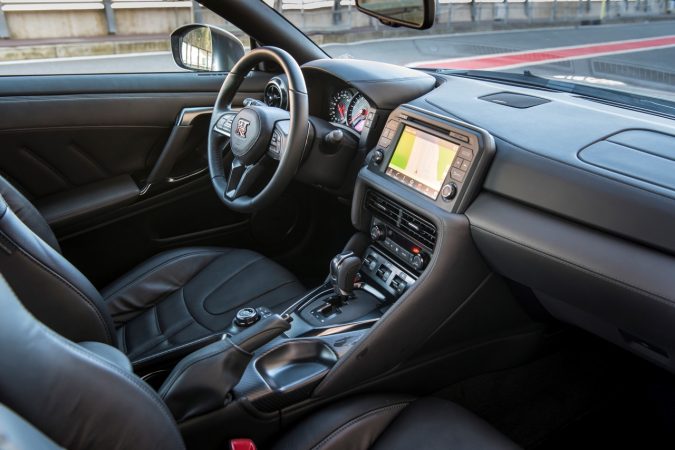
Carbon Fibre Ditched for Waves of Leather
On the inside the GT-R has become much more luxurious over its carbon fibre heavy predecessor, the 2017 GT-R appears to be trying to compete much more with the likes of the R8 and the 911 than the original’s world-beater ideals. The interior is swept in nappa leather, and Nissan boast that the audio controls in the centre console have been simplified by reducing buttons from 27 to a much more manageable array of 11 buttons. More importantly for the driver however is the paddle position, which has been moved from the steering column to the wheel itself, meaning the driver doesn’t have to take their hands off the wheel to change gear during cornering.
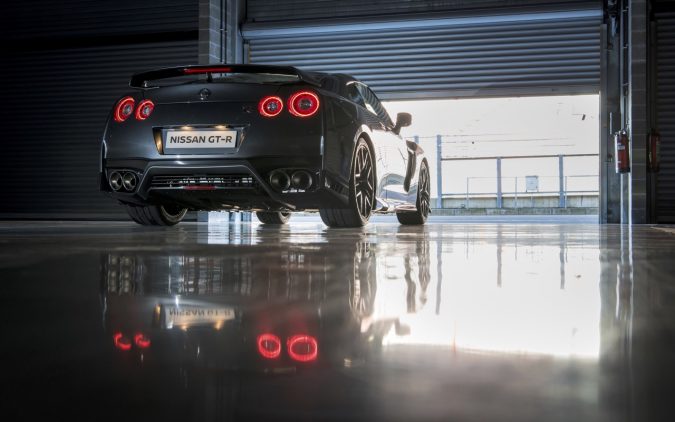
Too Little too Late?
Overall this is a much needed upgrade for the GT-R, however there is definitely a feeling of too little too late. This version of the GT-R is over 10 years old now and is starting to look a little tired. In that time we have seen the coming and going of many much bigger super cars including the likes of the Mercedes SLS, the Ferrari 458 Italia, even the McLaren MP4-12C. Nissan need to work on a new world-beater, a next generation of GT-R, and yes this much needed upgrade has helped the waning GT-R but it has by no means saved it.
Nissan GT-R Gallery
